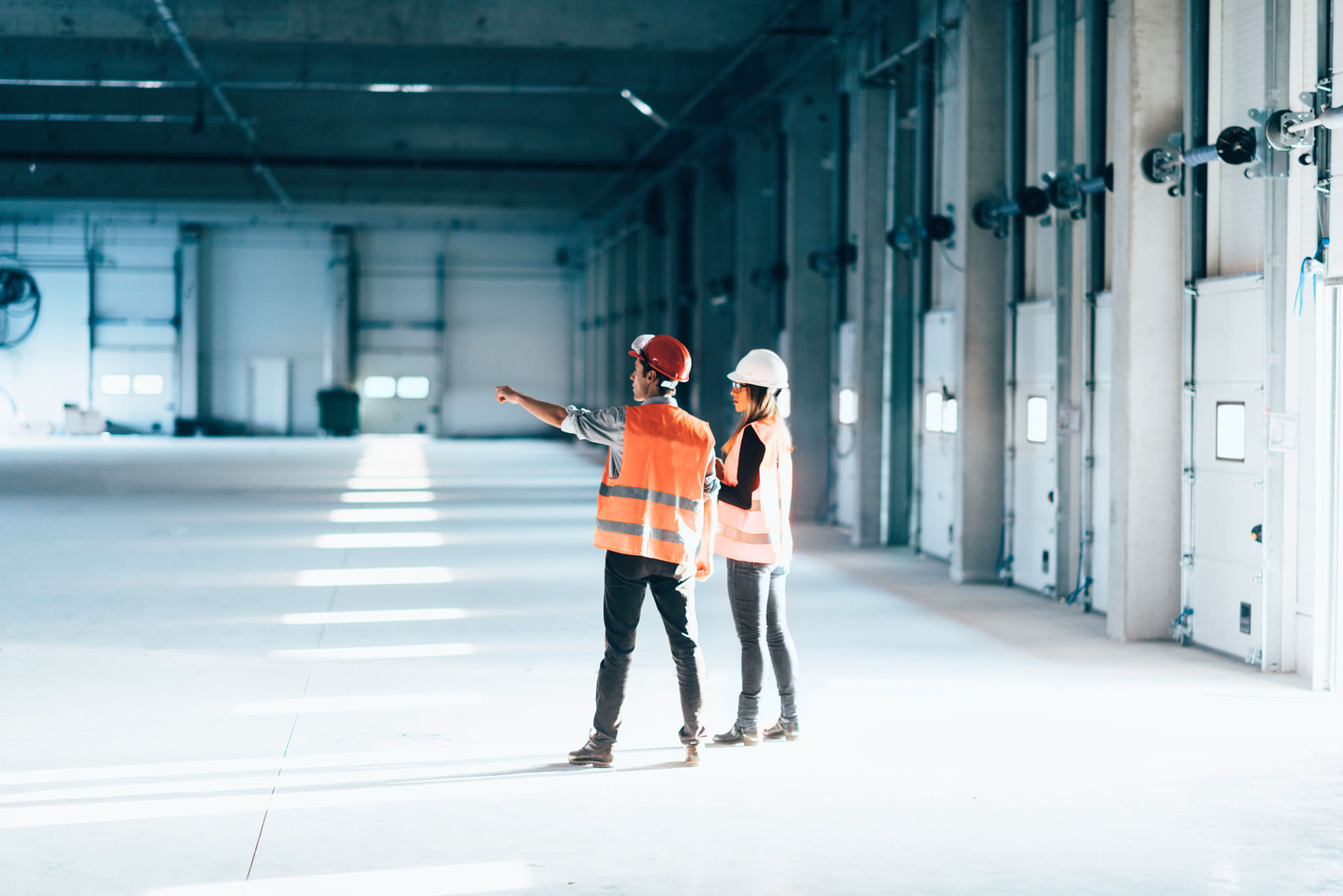Expert Tips for Preventing Damage in Historic Buildings
Understanding the Importance of Preservation
Historic buildings are more than just structures; they are time capsules that tell stories of architectural evolution, cultural heritage, and societal development. Preserving these buildings is crucial to maintaining our connection to the past. However, they are often susceptible to various forms of damage. To ensure their longevity, it is essential to adopt effective preservation strategies.

Conducting Regular Inspections
Regular inspections are the cornerstone of preventing damage in historic buildings. These inspections should be thorough and focus on identifying signs of wear and tear, such as cracks in the walls, leaks, or structural weaknesses. It is advisable to engage professionals who specialize in historic preservation to conduct these assessments. By catching potential issues early, you can prevent minor problems from escalating into major repairs.
Implementing Controlled Environmental Conditions
The environmental conditions within a historic building can significantly impact its structural integrity. Factors such as humidity, temperature fluctuations, and exposure to pollutants can cause deterioration over time. Implementing controlled environmental systems can help maintain a stable climate within the building, reducing the risk of damage. This includes using dehumidifiers, proper ventilation systems, and air filtration units.

Using Appropriate Materials for Repairs
When repairs are necessary, it is important to use materials that are compatible with the original construction. Using inappropriate materials can lead to further damage and diminish the building's historical value. Research and understand the original materials used in construction and seek out similar ones for any repair work. This not only helps preserve the building's authenticity but also ensures its structural integrity.
Protecting Against Water Damage
Water damage is a common threat to historic buildings, often resulting from poor drainage systems or roof leaks. Ensuring that gutters and downspouts are clean and functioning correctly can prevent water from seeping into the building. Additionally, regular roof maintenance is essential to avoid leaks that can lead to significant structural damage.

Preventing Pest Infestations
Pests such as termites and rodents can wreak havoc on historic buildings by compromising their structural components. Regular pest control measures should be implemented to protect the building from infestations. It's important to use pest control methods that do not harm the building materials or pose a threat to the environment.
Engaging with Community and Experts
Preserving historic buildings is a community effort. Engage with local preservation societies and experts who can provide valuable insights and assistance. Community involvement not only raises awareness about the importance of preservation but also fosters a sense of shared responsibility for maintaining these cherished landmarks.
By following these expert tips and maintaining a proactive approach, you can significantly reduce the risk of damage to historic buildings and help preserve them for future generations. Remember, each historic building is unique, requiring tailored strategies to address its specific needs. With careful planning and dedication, these architectural treasures can continue to inspire and educate for years to come.